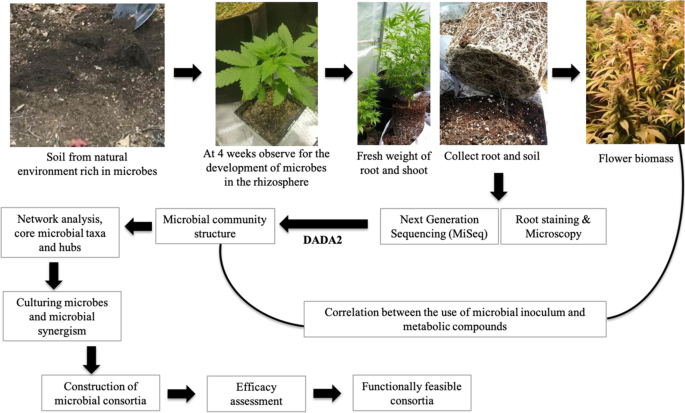acespicoli
Well-known member
The chemistry of roots primarily involves the release of various organic compounds, known as "root exudates,"which significantly impact the soil environment around the root system (rhizosphere), influencing nutrient uptake, microbial interactions, and even communication with neighboring plants; these exudates can include organic acids like citric and malic acid, sugars, amino acids, enzymes, and secondary metabolites like phenolics and terpenes, which can vary depending on the plant species and environmental conditions.
Key aspects of root chemistry:
- Root exudates:
These substances secreted by roots play a crucial role in mobilizing nutrients in the soil by altering pH levels and solubilizing minerals like phosphorus.
- pH modification:
Roots can actively acidify the rhizosphere by releasing hydrogen ions, helping to dissolve minerals that are otherwise unavailable.
- Nutrient acquisition:
Specific chemical signals released by roots can attract beneficial soil microbes, like mycorrhizal fungi, which facilitate the uptake of nutrients like phosphorus and nitrogen.
- Allelopathy:
Some plants release chemical compounds through their roots that can inhibit the growth of neighboring plants, creating competition dynamics.
- Chemical diversity:
The composition of root exudates varies based on the plant species, including primary metabolites like sugars and amino acids, and secondary metabolites like flavonoids, alkaloids, and terpenes.
- Rhizosphere:
The area of soil directly surrounding plant roots where most root-soil interactions occur.
- Mycorrhizal associations:
Symbiotic relationships between plant roots and fungi that enhance nutrient uptake, particularly phosphorus.
- Signal molecules:
Specific chemical compounds released by roots that can trigger responses in other organisms, including microbes and neighboring plants.




